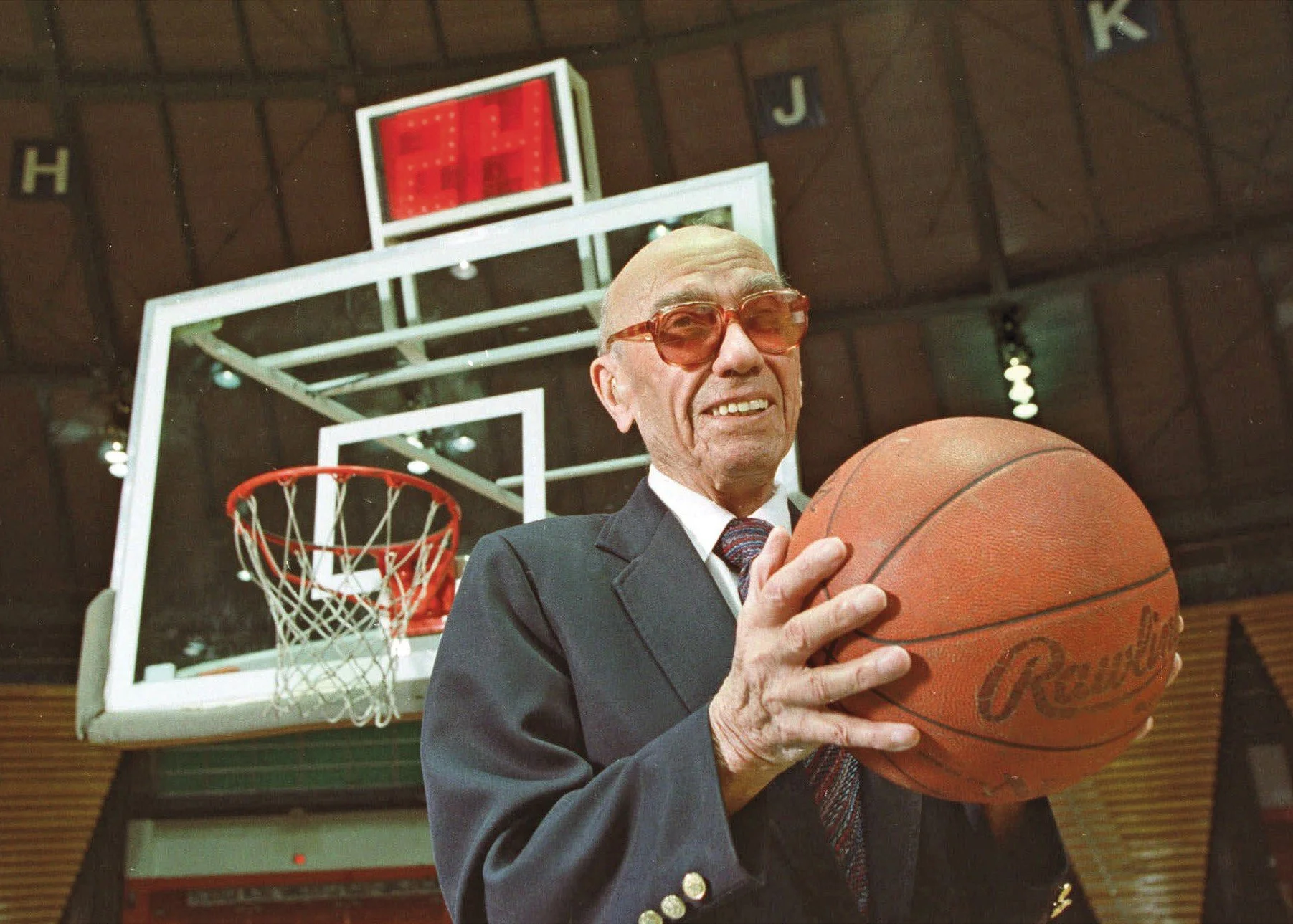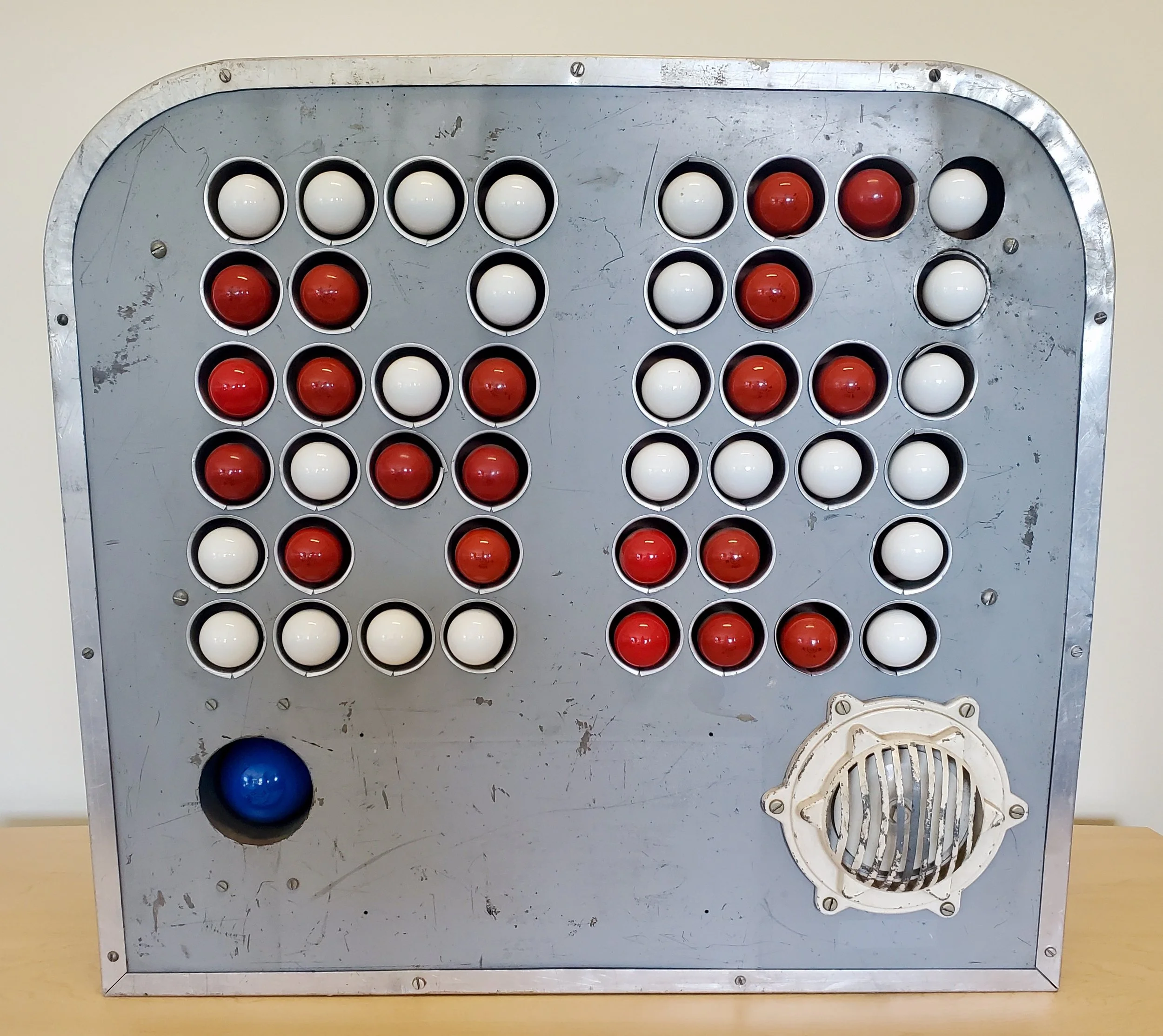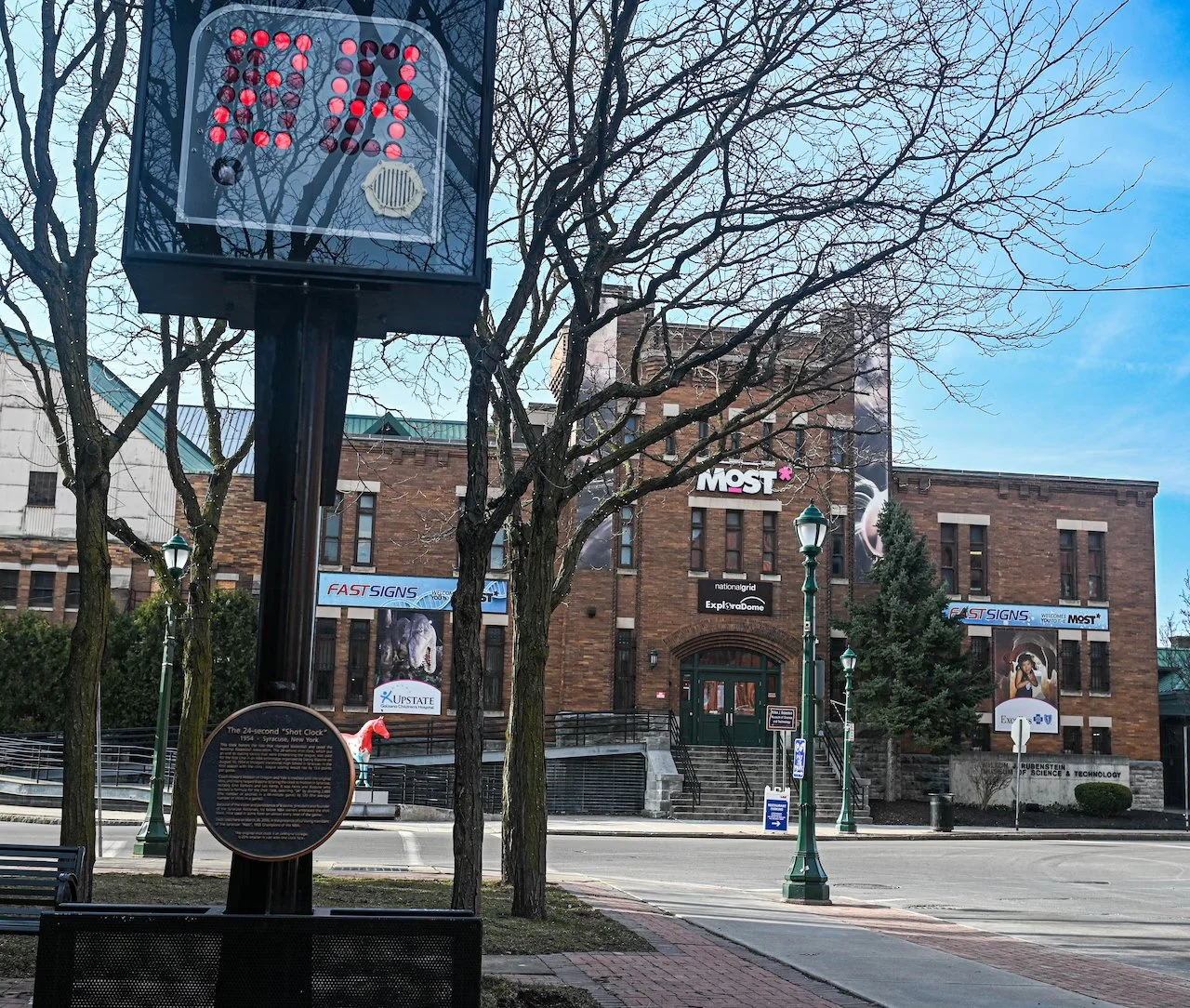24 Seconds to Innovation
In the early 1950s, basketball was hard to watch.
Games were slow, clunky, and riddled with fouls. Fans left early. Teams would stall endlessly, passing just to run down the clock. Games ended with more free throws than actual shots. The NBA didn’t need a fix. It needed a miracle.
That miracle came from Danny Biasone, an Italian immigrant and owner of the Syracuse Nationals. He wasn't a coach. He wasn’t a player. He was an observer, someone who understood that the game needed rhythm, urgency, motion.
His goal? He wanted the games to move. Biasone watched the best games and counted: on average, each team took 60 shots. Divide 48 minutes by 120 total shots and you get 24 seconds per possession. That was the spark. A simple formula that gave birth to one of the most important innovations in sports history: the shot clock.
The prototype was nothing more than a stopwatch and someone counting down: 5…4…3…2… But the idea? Instant energy. Owners knew it would change everything. And it did.
On October 30, 1954, the NBA played its first game under the new rule. The Rochester Royals beat the Boston Celtics 98–95. More importantly, fans stayed. They cheered. The game moved.
Scoring jumped from 79.5 points per game to 93.1 that very season. Scores kept climbing as the faster pace favored movement and athleticism. As pace and excitement surged, so did viewership. The NBA wasn’t just saved, it was reborn.
Today, 24 seconds is sacred. It defines modern basketball. It made the game faster, bolder, and global.
And it started with observation, intuition, and a stopwatch.
You can still see the original shot clock, a weathered aluminum box with a single clock face and 44 red and white bulbs, at Le Moyne College in Syracuse, New York.
And just a few miles away in downtown Syracuse, NY, a monument erected in 2005 honors the moment that saved the game.
At Think Variant, we believe real innovation sometimes takes a new way of thinking.



